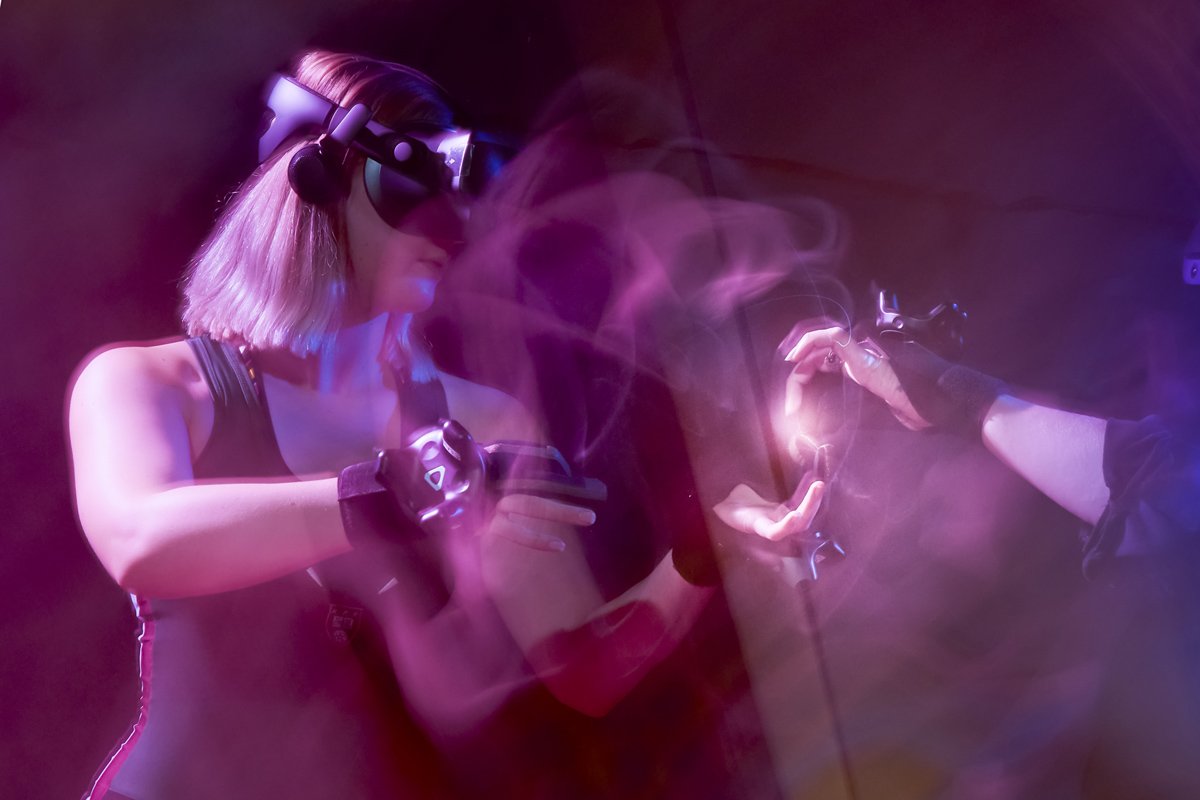How to visually describe ISNESS: A lightpainting exploration
During the autumn of 2020 the IRL conducted a citizen science study of a new distributed version of ISNESS (INSESS-D) at remote locations (or nodes) across the globe. The project was developed at a central hub at Ashton Court in Bristol. This vast and beautiful space had lots of room to experiment, with space for four nodes in different areas of the huge rooms so Dave, Jamie and Mike could ideate in separate spaces.
Communicating the experience of ISNESS to those who haven’t experienced it is difficult, and the in-world visuals are so subtle that they do not convey it’s beauty when seen as footage or stills. While developing ISNESS-D it became even more apparent that we needed imagery to help us describe the experience we were about to offer to people we may never meet in person!
This inspired the team to arrange a photoshoot to create images which better illustrate the ISNESS experience.
Rachel Freire called on a recommendation of local lightpainting photographer Josefa Torres to visit us in the space. Lightpainting is a broad description of photography techniques where the photographer uses available light or staged light combined with long exposures to literally paint the subject, often to ethereal effect. Jo uses many different techniques and decided on the fly (after experiencing INSESS for the first time) how we could use these methods to tell our story. Rachel is also experienced with lightpainting photography (as well as INSESS itself) and they discussed Jo’s experience and produced the images you see in, only two hours!
Scroll to the bottom to see behind the scenes images. Only the soft circular balls of light were added in post, everything else you see is long exposure photography created in-camera; with the subject, the light source or the photographer moving to create the effects (NB: one image to the left is mirrored from two - otherwise unedited - shots).
BEHIND THE SCENES (super glamorous, like all photoshoots!):
Photographer Jo Torres experiences ISNESS for the first time











